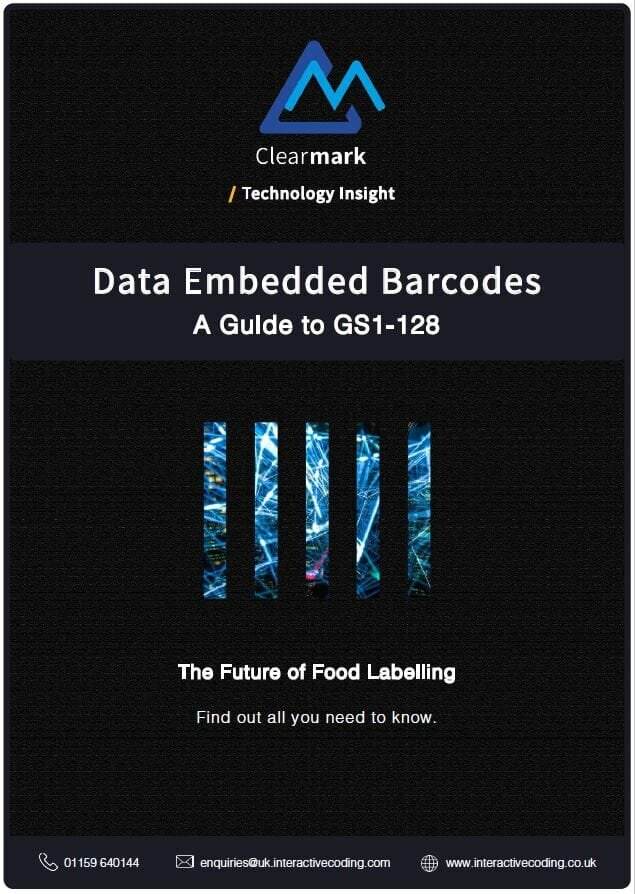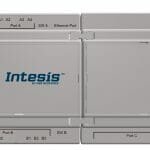‘Smart labels’ are the latest innovation within automation and packaging that can be utilised to improve traceability, product information and safety. Smart labels is the umbrella term for any labelling and coding that uses additional technology and data beyond that of the traditional barcode.
Smart labelling is helping transform one dimentional barcodes into data-rich sources across the distrubtion chain. From supplier to advertiser, smart labelling can help improve safety, traceability and help reduce waste.
What are the main ‘smart labels’ that manufacturers can utilise?
QR Codes
Quick response codes, also known as QR codes are still relatively new. They can be used to store vast quantities of information such as item identification, product tracking and are often used as part of consumer facing marketing promotions. With the ability to store over 7,000 characters (vs traditional 20 character barcodes), the QR codes can be read rapidly by a range of devices, including smartphones.
Data embedded barcodes
Data embedded barcodes (DEB) are barcodes with extra functionality over and above simple product identification. For example, storing further information such as the food’s expiry date, batch information and product tracking.
The GS1-128 barcode has been developed as a global standard for data exchange and is a popular example of data embedded barcodes. Used throughout the distribution line, manufacturers add traceability information, up to date application identifiers and automated procedures.
RFID
Radio-frequency identification (RFID) labels can be attached to products and can automatically track products through the supply chain by using electromagnetic fields.
What are the benefits of Smart Labels?
Smart labelling allows for complex information to be conveyed not only to a machine but to humans, including the consumer which is a huge opportunity for marketers to make their product stand out in an exceptionally competitive industry. This is of vital importance when you consider the typical, crowded supermarket aisle and number of products consumer can choose between.
Smart labels are also a vital tool in the battle against counterfeit goods, particularly across the food industry. Addiiotnally, having up to date traceability information, as well as product identifiers can also help track/trace the product back through the supply chain to source effectively.
If you’re ready for smart labels and looking for the best coding and labelling solution for your production line, speak to one of the experts at Clearmark, who offer solutions for both primary and secondary packaging, visit www.clearmark.uk email [email protected] or call 01159 640144.





